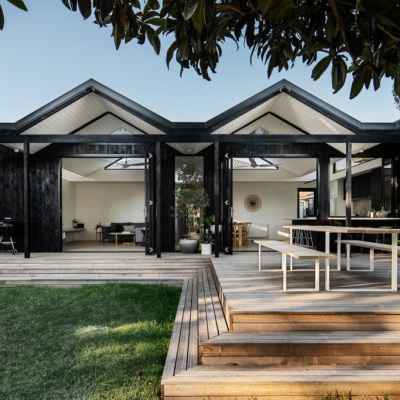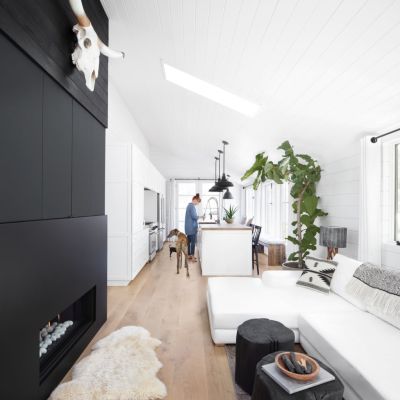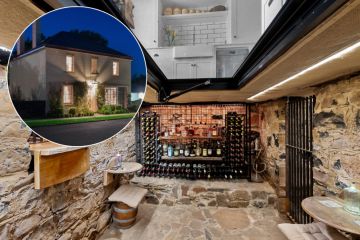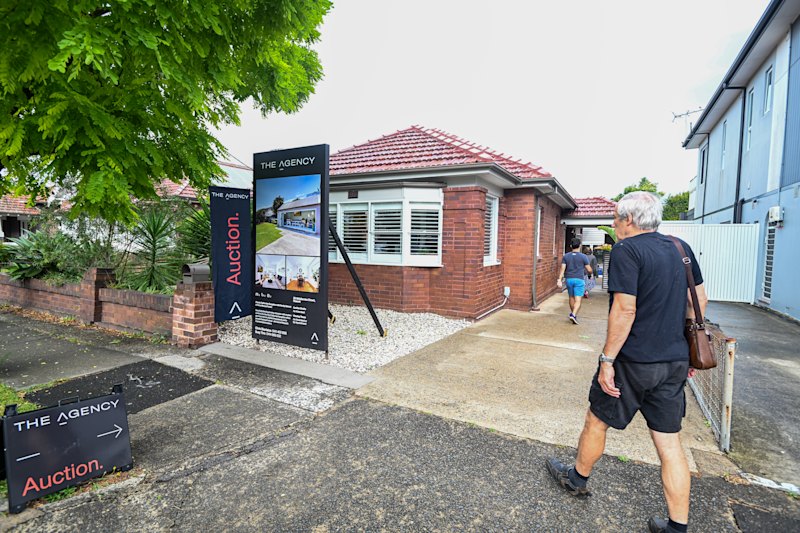Beautiful, welcoming, inspiring: Is your home missing this X factor?
Have you ever walked into a swanky restaurant or bar and instantly felt captivated by the space? The lighting has most likely been designed to heighten the senses and enhance your experience.
While often an after-thought when building or renovating a home, lighting not only influences the way we feel, but it is essential when bringing together the overall design and creating spaces that are beautiful, welcoming and inspiring.
“Without light we can’t see colour and texture,” says Jenna Densten, founder of Bicker Design and Design School. “When you don’t have natural light, that’s when good artificial light comes into play to create a feeling.”
Design for lighting
Lighting should be considered early in the planning and with equal importance to kitchen design, says Densten.
“When I’m designing a floor plan, I’m thinking of kitchen, bathroom and furniture placement and lighting as all equal and working together,” she says. “Every light should have a purpose so first consider each room and what you do in that room.”
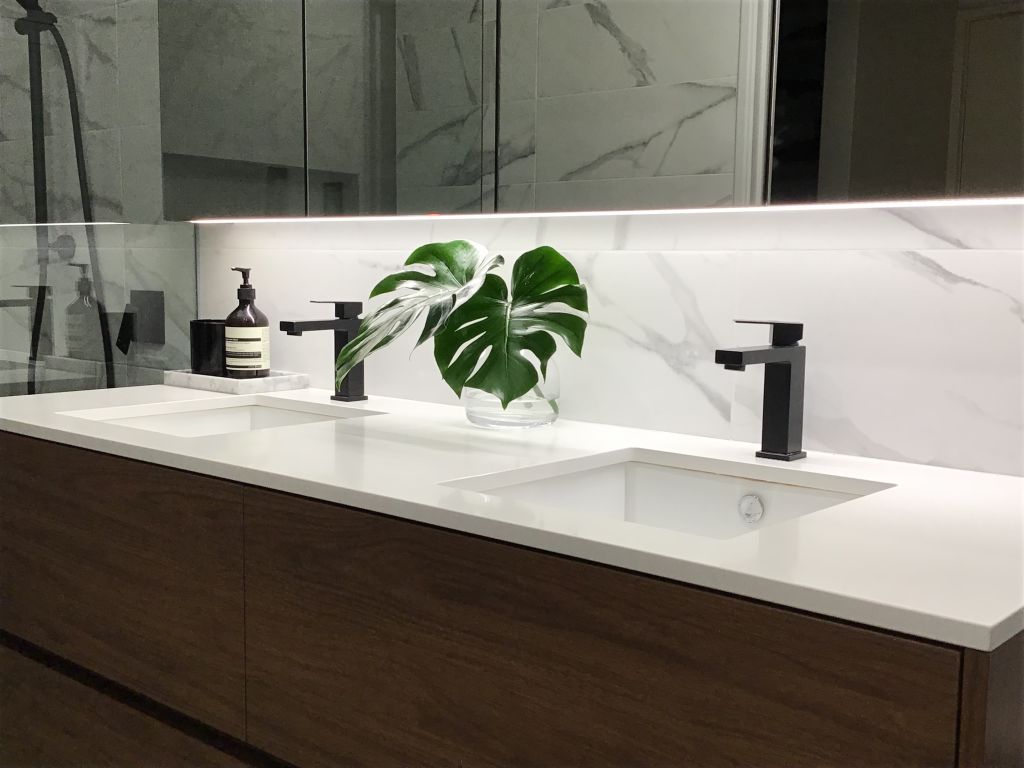
Lighting fundamentals
Densten says the three lighting principles (ambient, accent and task lighting) are aesthetically tailored to a room’s function.
Ambient lighting, through pendants, wall lights and table lamps, all create atmosphere in a space; while accent lighting can highlight a great feature in the home, “like a downlight on a piece of art, or track lighting in the hallway accentuating a beautiful original brick wall,” says Densten.
Conversely, task lighting such as LEDs are direct and overhead, making it easy to see the job at hand.
Add layers
Product knowledge specialist at Beacon Lighting Denise Hammond says, “A successful lighting design combines a number of light sources placed at varying heights. Add layers of light from different light types that can be used together or separately for a flexible space.”
Directing light fixtures toward walls and ceilings gives the effect that light is bouncing around the room rather than simply shining upwards or downwards, says Hammond.
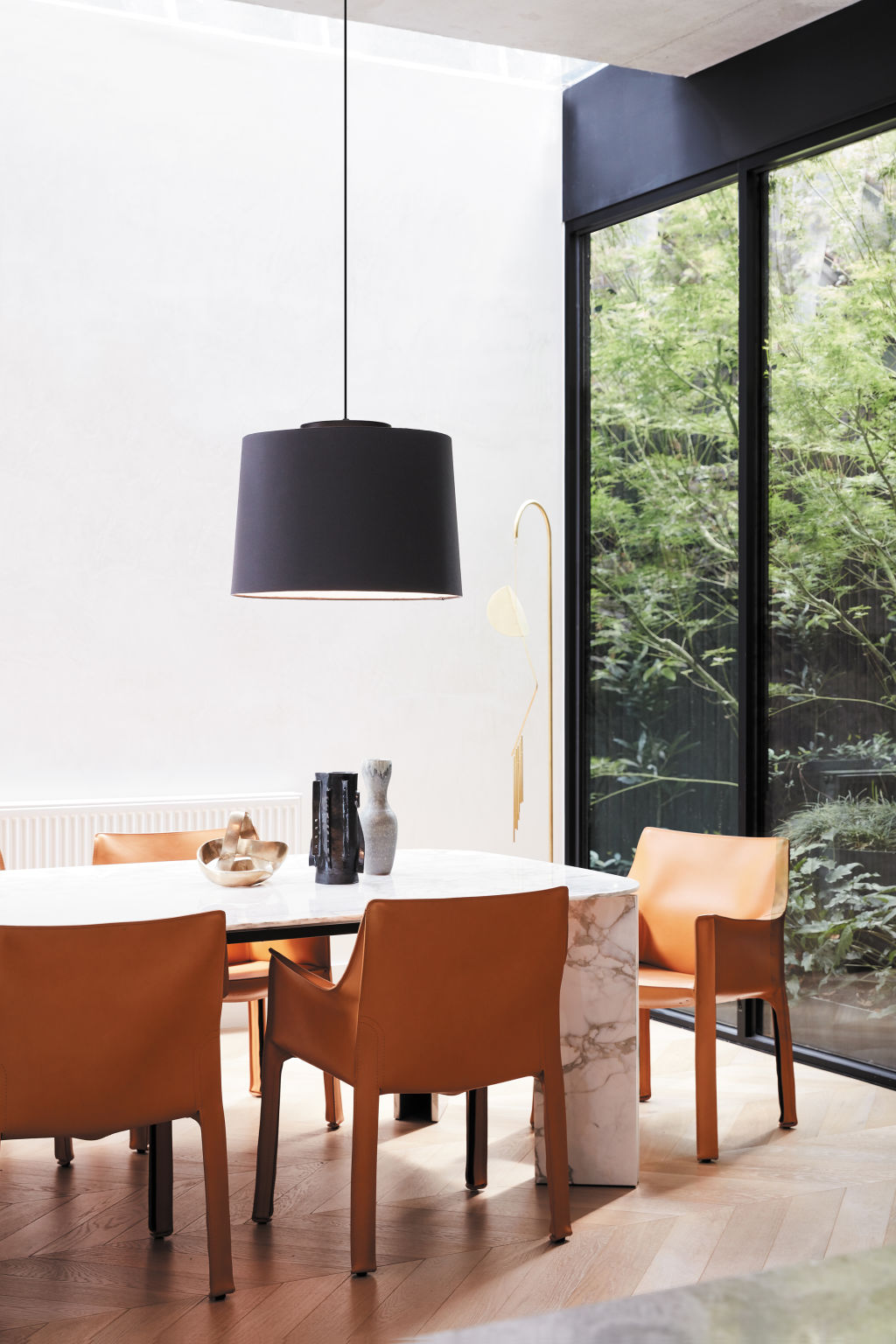
The heart of the home
Illuminating the kitchen is particularly important as the space is largely constructed of hard materials. Lighting can be introduced as a layer to soften the space by adding texture.
As for pendants in the kitchen and over the dining table, Densten says “absolutely”.
Densten says she would opt for a large statement pendant above the dining table to create a mood reminiscent of candle-lit dinners, and complement the kitchen with smaller pendants so the dining light remains focal. For task lighting, Densten favours a ceiling surface-mounted light for more pizzazz than a downlight, and practical lighting hidden in the joinery.
Think practically in the bathroom
“What you want to avoid is a pendant or wall light that will shine the light down into the sink,” Densten says. “Instead, recessing a strip LED light behind the mirror is a beautiful way to create direct light as it provides a soft light around the edge of the mirror so light bounces onto the face.”
Hammond stresses that it’s essential to consult a licensed electrician for any changes to your lighting design.
“Pendant light in the bathroom is an increasingly popular choice,’ says Hammond. “A pendant positioned in the corner or beside a vanity mirror adds a touch of individuality. However, there are certain rules and regulations in Australia that govern how light fittings may be placed.”
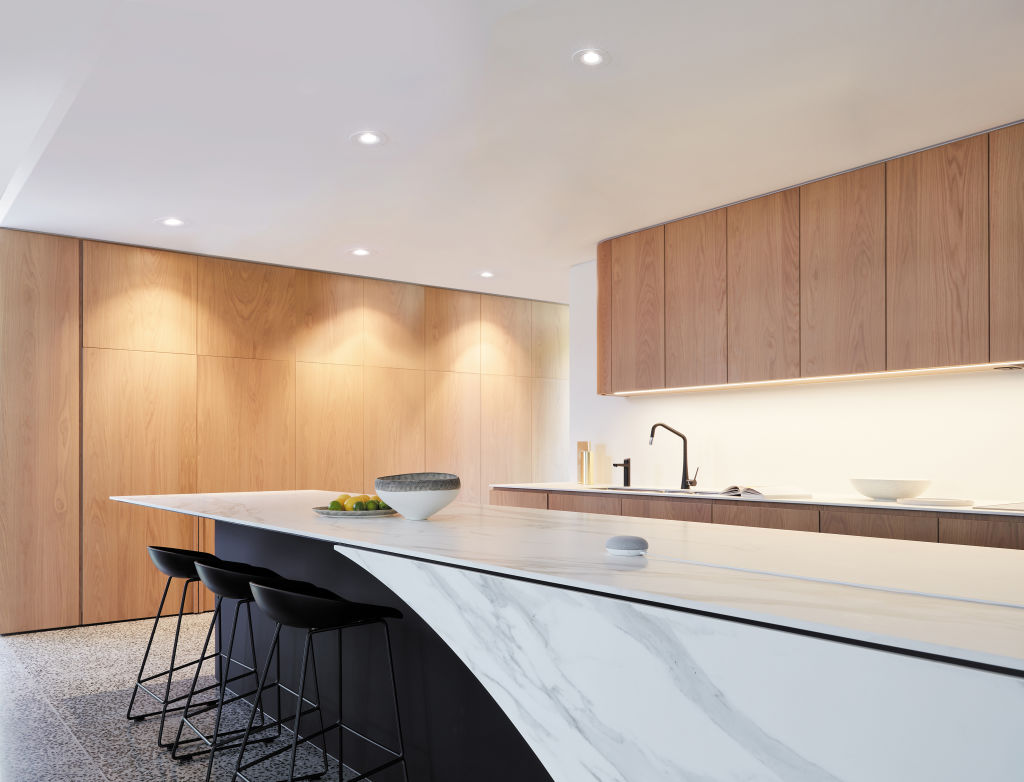
When less is more
In the bedroom, it’s important to avoid excessive lighting. “This is a space where you read a book or relax so you don’t need a lot of light,” says Densten. “Select pendants or wall sconces and position next to the bed as it creates a nice atmosphere while doubling up as task lighting.”
We recommend
We thought you might like
States
Capital Cities
Capital Cities - Rentals
Popular Areas
Allhomes
More
